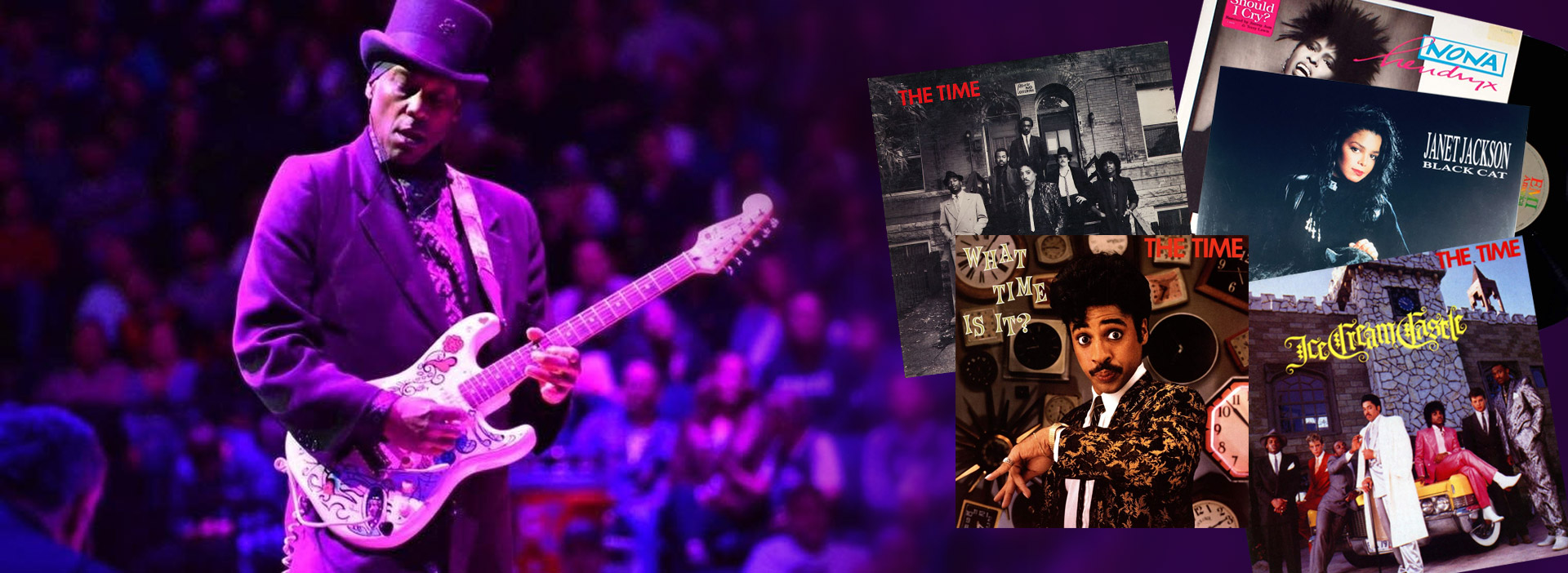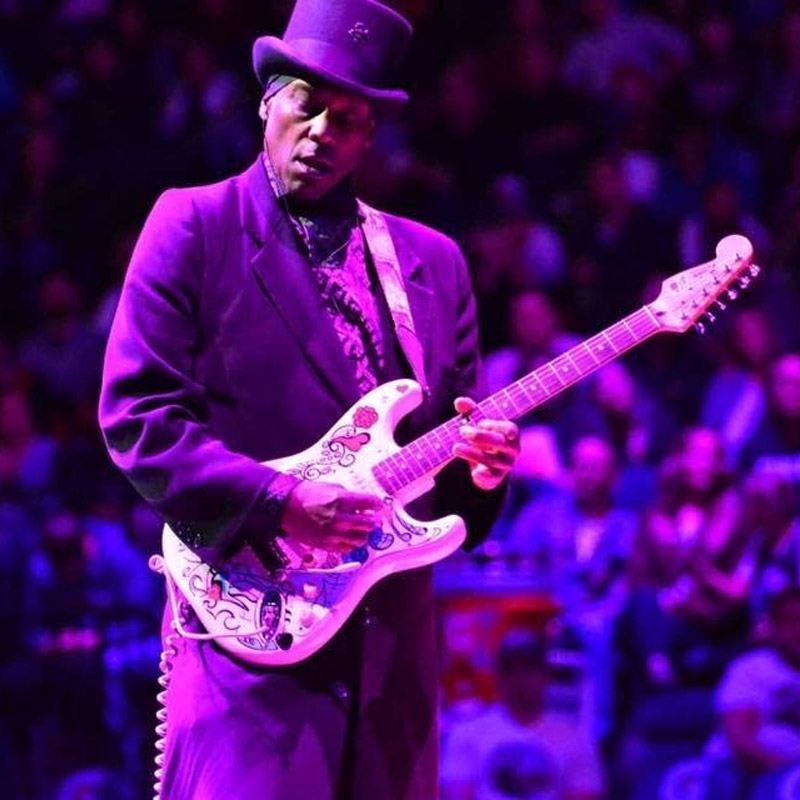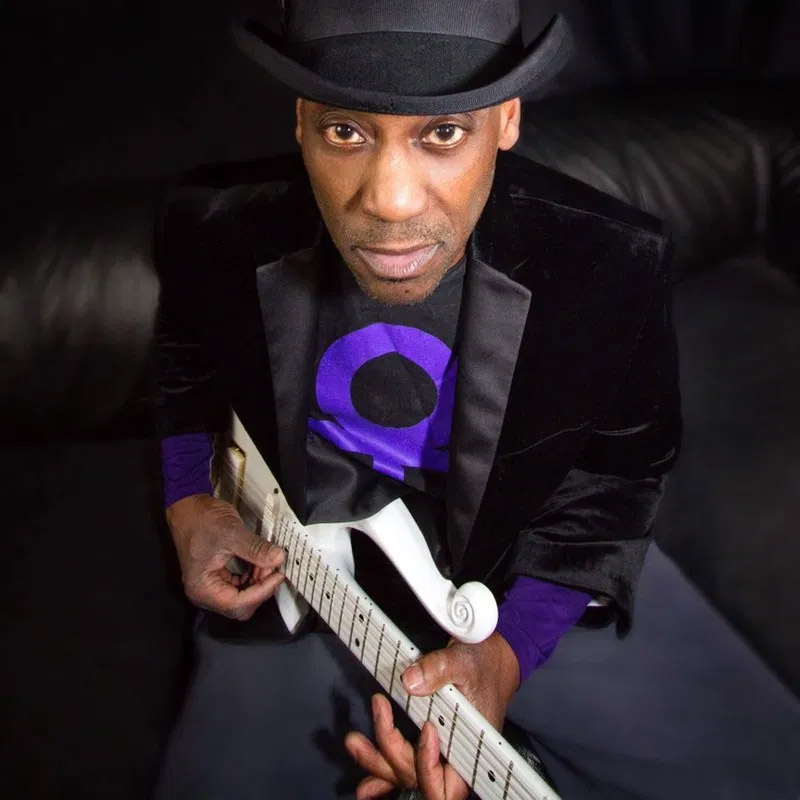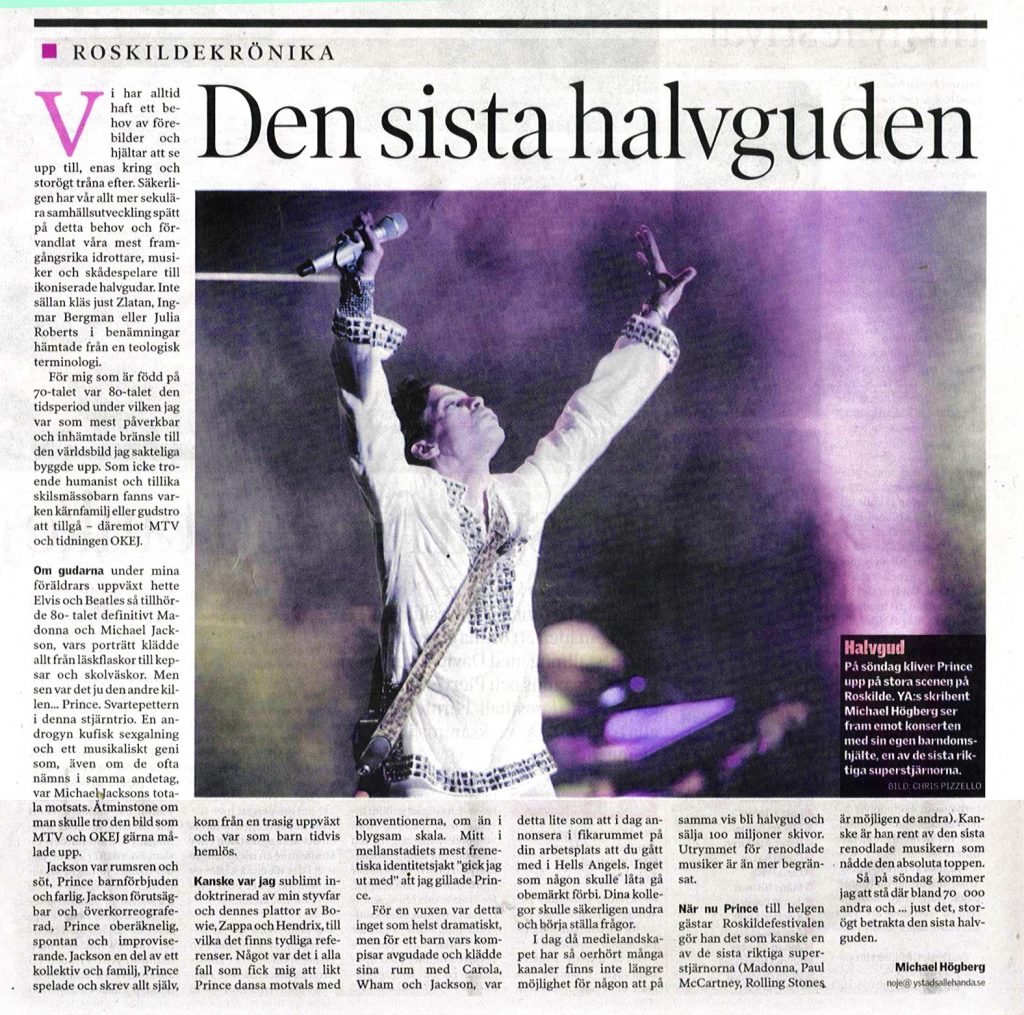ARTICLES

Jellybean Johnson - The musician who releases his own album after more than 40 years in the industry.
About the breakthrough together with Prince
"I was terrified when we went from playing in clubs to arenas"
For some, imitation is a virtue, even if the journey towards becoming like ones muse contains unique elements. For others, the big commercial hit and the broad appeal may be the aspiration In its adaptive, empathetic and tactical approach goal, that journey is as enviable as the opposite. As I said, each artist has their own unique journey, and an expression that is motivated by the dynamic that is created in the meeting with a viewer – ones own view, the broad masses or recognition from one close to you.
– Madonna and Whitney Houston’s producer John “Jellybean” Benitez. John contacted Prince, of whom Garry was then a part of, and demanded that he stop calling himself Jellybean. Prince refused, defending Garry and allegedly throwing the phone in John’s ear.
To return to the initial reasoning about creation, Jellybean’s career is a testament to when adaptation becomes innovative. By incorporating the so-called white music, adapting his expression to the rock and country music, which apparently contrasted with his own artistic role models in the Ohio Players and James Brown, he was part of creating a whole new sound. The so-called Minneapolis Sound, is a mix between rock, new wave and funk. A kind of electrofunk with strong melodic loops from just melodic pop and tradition of white melody composition if you will, together with funk’s more rhythm-based and the soul’s colouring and bending of tones, if in this case usually thru synths.
Adaptation due to limited resources, as in the case above, was interspersed with adaptation to the local audience. The fact that Prince 6 years later would be the first black artist to be played on the then completely white MTV, is no coincidence. The foundation for a broad multicultural approach was laid as early as the 70’s, when this young group of musicians of what later all became world musicians and responsible for over 200 million albums sold, competed and encouraged each other to refine their talent.



”THE LAST DEMIGOD”
An article about Prince 2010 - Roskilde
We have always had a need for role models and heroes to look up to, unite us around and long for. Probably has our increasingly secular societal development diluted this need and turned our most successful athletes, musicians and actors into iconic demigods. It is not uncommon for example Zlatan Ibrahimovic, Ingmar Bergman or Julia Roberts to be described in names taken from a theological terminology.
For me, who was born in the 70’s, the 80’s was the time period during which I was most influential and gathered fuel for the identity and worldview I slowly built up. As a non-believing humanist, and also a child of divorced parents, there was neither an obvious family constellation nor faith in God available – on the other hand there was MTV and the popular youth magazine OKEJ.
If the Gods during my parents’ upbringing were named Elvis, the Beatles and maybe ABBA, the 80’s definitely belonged to Madonna and Michael Jackson, whose portraits wore everything from soda bottles to caps and school bags. They were both big mainstream phenomena, and hard to avoid. But then there was that other guy… Prince.
He was the freak in this star trio. An androgynous odd sex maniac and a musical genius who, although often mentioned in the same context as Michael Jackson, actually was his total opposite. At least if one were to believe the picture that MTV and newspapers liked to paint during the early 80´s.
Jackson was cute and lovable, Prince was x-rated and dangerous. Jackson predictable and over-choreographed, Prince erratic, spontaneous and constantly improvising. Jackson was part of a collective and a family, and usually in the hands of other songwriters, while Prince played and wrote everything himself, came from a broken upbringing and was as a child occasionally homeless.
Perhaps I was sublimely indoctrinated by my stepfather and his album by Bowie, Zappa, Yes and Hendrix, to which there are clear references and which brought me to the realization that there was ”something more” and far more complex than the predictable music a child is expected to listen to.



Perhaps I was sublimely indoctrinated by my stepfather and his album by Bowie, Zappa, Yes and Hendrix, to which there are clear references and which brought me to the realization that there was ”something more” and far more complex than the predictable music a child is expected to listen to.

In any case, it was something that made me, like Prince, go against the conventions – albeit for my part on a modest scale. In the middle of the middle school’s most frantic identity hunt, I “came out” with that I liked Prince.
For an adult, this was nothing dramatic at all, but for a child whose friends adored Carola, Wham and Michael Jackson, it was a bit like if you today announced in the lunch room that you joined Hells Angels or some suspicious gang or sect. Nothing that anyone would let go unnoticed. Your colleagues would probably wonder and start asking questions. But I diden´t give up. After listening to the “Purple Rain” album, I was forever stuck, and a few years later, as a 12-year-old, I was probably by far the youngest spectator when the “Sign O the Times” tour had it´s world premiere in Sweden.
Today, when the media landscape has so many different channels, there is no longer the possibility for someone to become a demigod in the same way and sell 100 million records. The space for pure musicians is even more limited.
When Prince visits the Roskilde Festival this weekend, he does so as perhaps one of the last real superstars (Madonna, Paul McCartney, Rolling Stones are possibly the others). Perhaps he was the last real musician to reach the absolute top. So on Sunday I will stand there among 70,000 others and… yes probably, with wide-eyes watch the music world´s last demigod.
/Michael Högberg
(In various Swedish newspapers July 2010)







